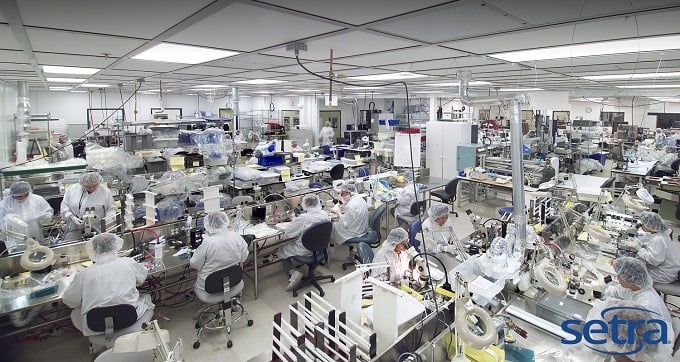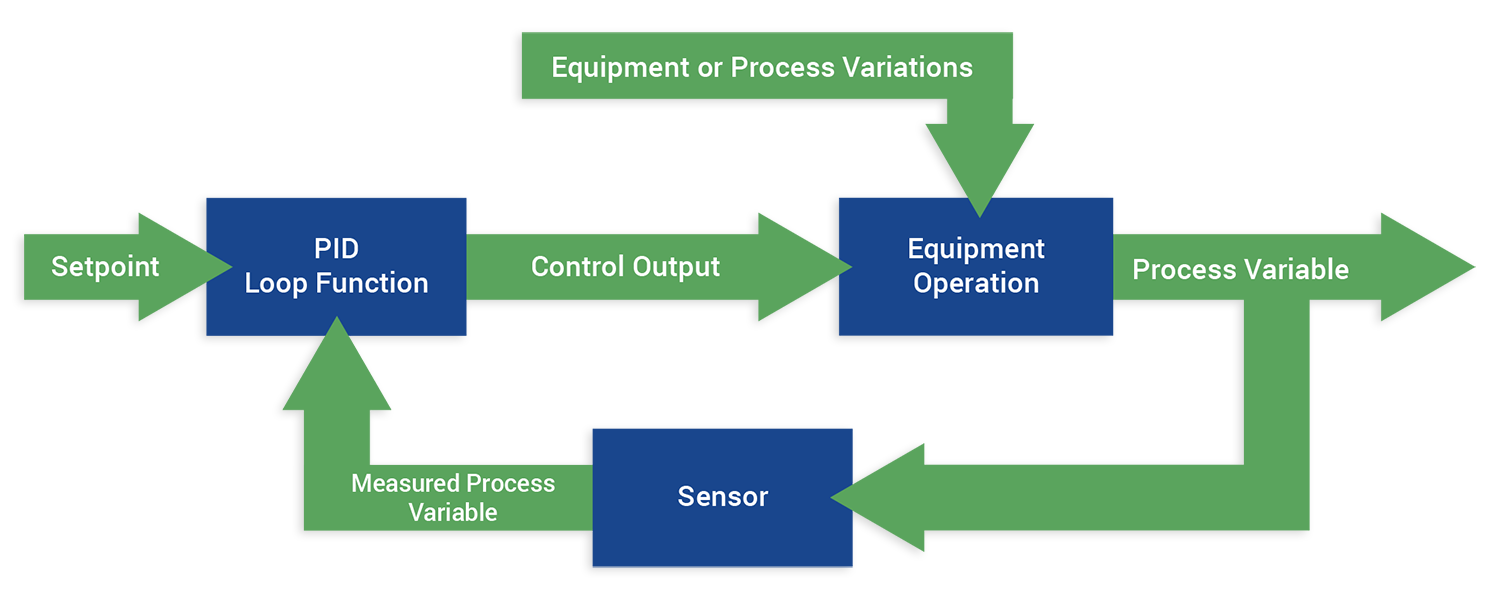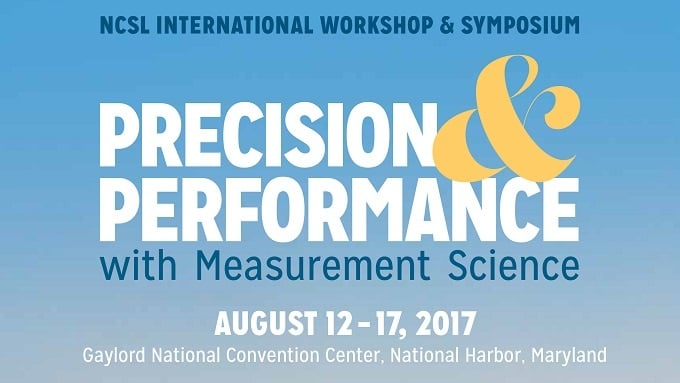Technicians at the Kennedy Space Center often work in cleanrooms, laboratories with high degrees of cleanliness provided by strict control of particles such as dust, lint, or human skin. These facilities must be contaminant-free environments where the air is repeatedly filtered and surfaces are smooth to prevent particles from getting lodged.
Setra Blog
There are many applications for differential pressure transducers, but none are more critical than those measuring the pressure parameters in a cleanroom. A cleanroom is a critical area used to manufacture medications, containers, enclosures, and other medical devices that require the products to remain sterile from manufacturing through delivery to the customer. The products manufactured in these environments are used to treat and care for the general population and are handled differently than other products.
The regulation language in U.S. Pharmacopeia Standard 797 (USP 797) has long been the guiding principle for cleanliness in hospital pharmacies that treat cancer patients with compounding sterile preparations (CSPs). For airflow in these special rooms, USP 797 outlines how spaces are to be pressurized, and what are permissible parts per million (PPM) particle counts.
In HVAC systems, various motors and devices need to be controlled with modulated signals to turn damper actuators and hydronic reheat valves. Most controllers in the industry do this using specific and standard logic, called a Proportional Integral Derivative (PID) controller, or PID Loop. PID is mathematical logic that provides these three functions as parameters that can be tuned, so devices function accurately and optimally.
From August 14th through the 17th, Setra Systems will be exhibiting at the NCSL International Workshop & Symposium taking place at the Gaylord National Convention Center in National Harbor, MD.
The theme of this year’s symposium is “Precision & Performance with Measurement Science”:
From August 6th through 9th, Setra Systems will be exhibiting at the 54th ASHE Annual Conference & Technical Exhibition in Indianapolis, IN. Associates from Setra will join nearly 4,000 other professionals to discuss healthcare compliance, updates to codes and standards, and other emerging trends in healthcare facility management.
Hospitals and outpatient facilities serve a critical need in global communities. They provide emergency care for the sick, but we also rely on them as a safe zone for treating communicable diseases and keeping the public at-large safe. But how can we know for certain that a hospital is clean and safe, and that we won’t get sick from something another ill patient has carried in?
This year, Setra Systems celebrates 50 years of designing and delivering premium sensing solutions. Brothers Y.T. Li and S.Y. Lee founded Setra in 1967 shortly after developing the variable capacitance transduction principle. Since then, Setra has grown to become an industry leader in the field of high-accuracy pressure sensing.
User-side energy submetering is becoming increasingly popular in new commercial construction and renovation projects alike. The latest advanced LEED certification requires operator-owned submeters to be installed in high consumption areas and facilitate continuous tracking of total consumption for an entire structure.
Subscribe to Our Blog!
Topics
- Critical Environments (182)
- HVAC/R (179)
- General Industrial (153)
- Building Automation (134)
- General Industrial OEM (92)
- Energy Management (85)
- Test and Measurement (66)
- HVAC/R OEM (58)
- Barometric (44)
- Alternative Fuels (42)
- Medical (40)
- Process/Mfg Tank Level (40)
- Water and Wastewater (39)
- OHV (38)
- Oil and Gas (35)
- Industrial Vacuum (29)
- Calibration (25)
- Semiconductor (25)
- Particle Counting (20)
- Cleanroom Monitoring (17)
- Room Pressure Monitoring (16)
- Trade Show (12)
- cleanroom environment (12)
- Scales (11)
- Environmental Monitoring (10)
- Power Monitoring (10)
- Healthcare (9)
- Power Meters (9)
- Software (9)
- cleanroom monitoring systems (9)
- Case Study (8)
- critical environment technologies (8)
- data centers (8)
- Humidity (7)
- particle counter (6)
- pressure transducers (6)
- LITE room pressure monitor (5)
- hardware and software cleanroom monitoring systems (5)
- setra lite (5)
- Compliance (3)
- Video (3)
- hospital spaces (3)
- FAQ & Troubleshooting (2)
- Monitoring Compounding Pharmacies (2)
- Semiconductor Manufacturing (2)
- agencies that monitor pharmacies (2)
- energy (2)
- hvac (2)
- laboratories (2)
- monitor compound pharmacy (2)
- protected environment (2)
- regulatory compliance (2)
- setra lite features (2)
- usp 797 (2)
- Current Sensors and Transducers (1)
- Current Transformers (1)
- Lithium-Ion Battery (1)
- Pressure (1)
- aerospace cleanrooms (1)
- cems (1)
- digital transformation (1)
- ipv6 multicast (1)
- ipv6 multicast address (1)
- ipv6 multicast address range (1)
- isolation room pressure monitoring (1)
- multicast address ipv6 (1)
- multicast ipv6 (1)
- operating room (1)
- pharma 4.0 (1)
- pressure sensor (1)
- pressure transducer companies (1)
- semi conductor (1)
- sensors and transducers (1)
- setra pressure transducers (1)
- submetering (1)
- sustainability (1)
- temperature monitor (1)
- temperature monitoring for pharmacies (1)
- transducers (1)
- usp 800 (1)
- water (1)
- what does hvac stand for (1)
- what is a transducer (1)
- what is hvac (1)














